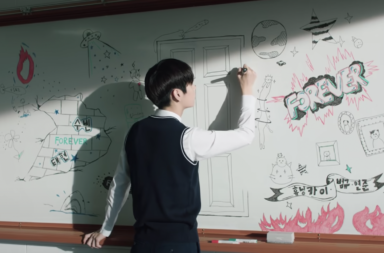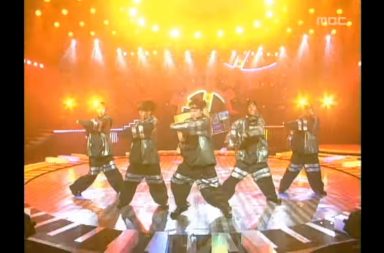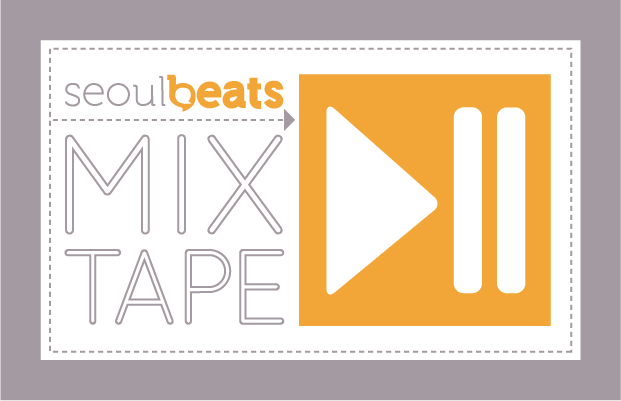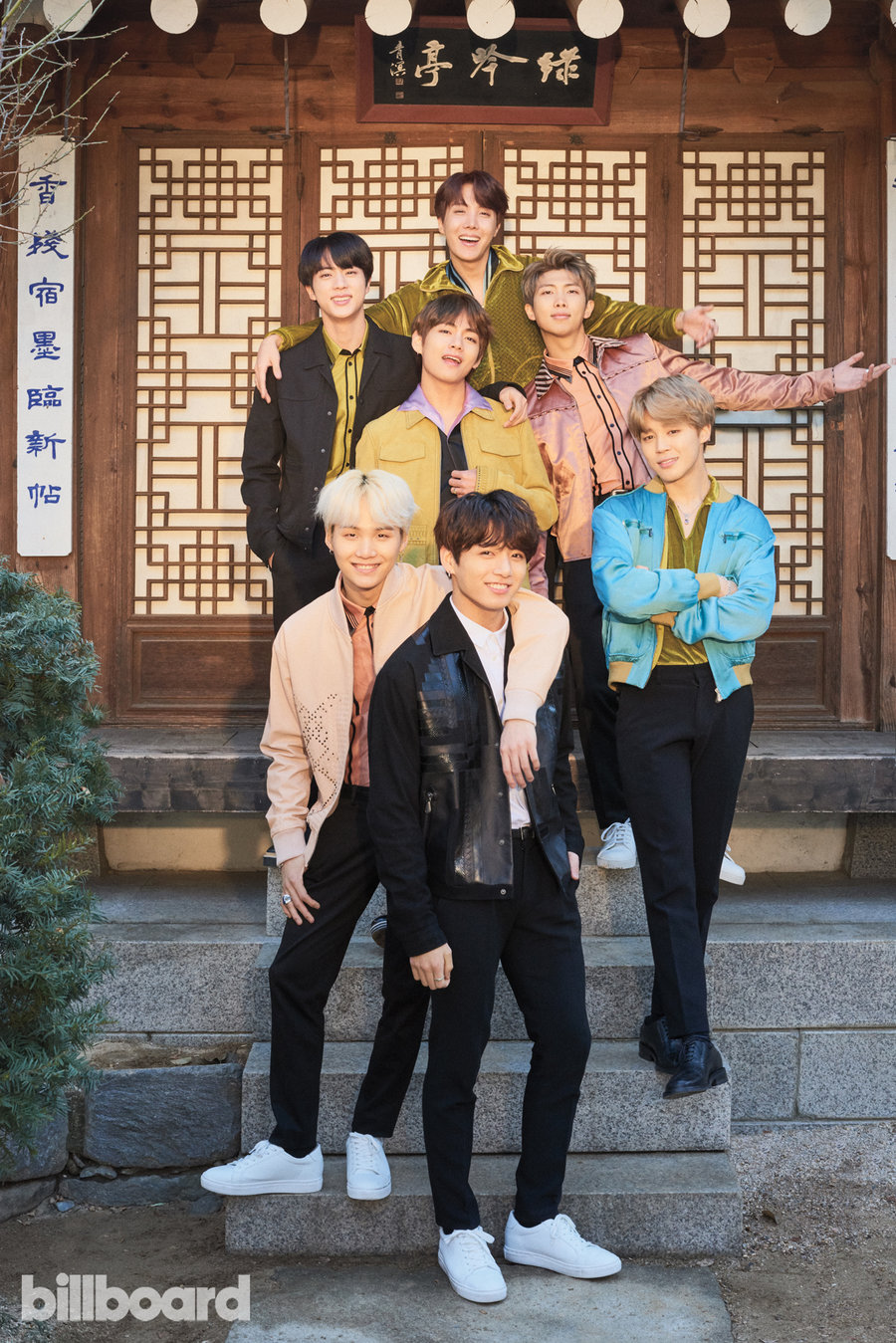 There is much to be said about what K-pop actually is. It seems to be a recurring theme that whenever we K-pop fans are asked about the genre of music we like, we can’t seem but to waffle about how it is much more than what the name would indicate. This is especially accentuated in my world, the West. Now more than ever with the uncanny success of groups such as BTS, and even the prominence of K-pop in the Winter Olympics (going as far as to be the genre of the opening and closing acts), the western world has created an incorrect portrait about the ever-evolving beast that K-pop is; partly because of our own loose use of the term “Pop”. In essence, the shortened term “pop” does not mean the same in the US as it does in South Korea and elsewhere. Weirdly enough, all of this seems to come down to the strangest of reasons: etymology. Let’s take a look:
There is much to be said about what K-pop actually is. It seems to be a recurring theme that whenever we K-pop fans are asked about the genre of music we like, we can’t seem but to waffle about how it is much more than what the name would indicate. This is especially accentuated in my world, the West. Now more than ever with the uncanny success of groups such as BTS, and even the prominence of K-pop in the Winter Olympics (going as far as to be the genre of the opening and closing acts), the western world has created an incorrect portrait about the ever-evolving beast that K-pop is; partly because of our own loose use of the term “Pop”. In essence, the shortened term “pop” does not mean the same in the US as it does in South Korea and elsewhere. Weirdly enough, all of this seems to come down to the strangest of reasons: etymology. Let’s take a look:
Popular Music: music with wide appeal that is typically distributed to large audiences through the music industry.
Pop (Genre): A genre of popular music that originated in its modern form in the United States and United Kingdom during the mid-1950s.
When looking at the two separate definitions it might be hard to grasp the concept but what if, K-pop is Korean Popular Music rather than Korean Pop Music? The thing to point out is that popular music—in its opposition—can include any genre that appeals to the masses, for example: jazz, hip-hop, R&B, and yes you guessed it, pop. Crazy right? Let me explain further:
The problem is that Pop music and popular music are often used interchangeably, while in reality, the latter is simply a modern ambiguity of the first. Pop music—at the time, the same as popular music—originated in the Victorian era, its initial objective was to give performers a catchy and easily identifiable song for music halls. But that’s irrelevant to the point, let’s instead take a look at the modern beginnings of the ever-changing pop genre.
With the advent of recording, the genre of pop began its development in the United States and the United Kingdom in the 1950s. Initially, it was a synonym of rock until the late-1960s-early-1970s with the end of the Beatlemania. In the 1970s disco came into pop, and brought new sounds with the rise of ABBA and piano-based Elton John. This constant change has marked pop and continued towards today, and that’s essentially it, my purpose is not to point out the different eras; but rather exemplify its main characteristic: constant change. This can be seen in its composition. During its early pre-rock to rock days, it was characterized by an ‘AABA’ (verse/verse/bridge/verse) structure. In contrast, in its later days, the time where R&B had taken over a ‘verse/chorus/bridge and repeat’ structure had been set— the latter is more often seen nowadays. As part of more modern iterations of pop, we can also observe discernible repetitions, often in the form of ‘hooks’. The problem with this whole structure is that it often excludes songs that defy it by being outside of the set characteristics and the mere “inspired from x genre” singularity.
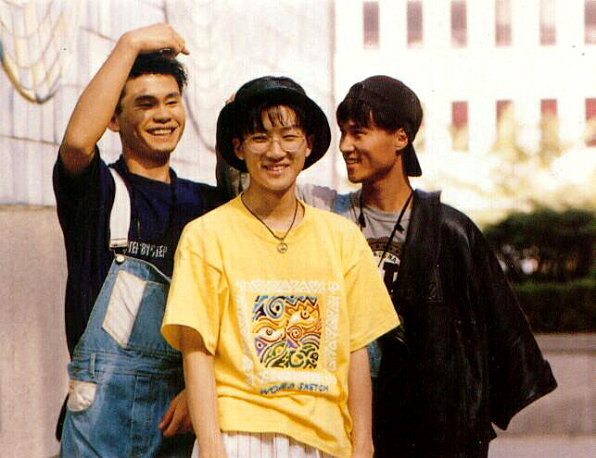 With this in mind, the first known Korean pop album can be traced back to 1925, Park Chae-seon’s Yi Penguin Sewol contained popular songs translated from Japanese. However, the first proper Korean pop song which was written by a Korean composer was “Nakhwayusu” (sung by Lee Jeong-suk) in 1929. Moreover, proper western pop started being introduced in South Korea when the country was liberated from Japanese occupation, this became more prevalent at the end of the Korean War when US troops remained stationary in the country. It was then in 1957 when Western Pop started gathering momentum, radios started broadcasting Western music, furthering its influence on Korean music.
With this in mind, the first known Korean pop album can be traced back to 1925, Park Chae-seon’s Yi Penguin Sewol contained popular songs translated from Japanese. However, the first proper Korean pop song which was written by a Korean composer was “Nakhwayusu” (sung by Lee Jeong-suk) in 1929. Moreover, proper western pop started being introduced in South Korea when the country was liberated from Japanese occupation, this became more prevalent at the end of the Korean War when US troops remained stationary in the country. It was then in 1957 when Western Pop started gathering momentum, radios started broadcasting Western music, furthering its influence on Korean music.
After a few decades more of the same development of Korean music and Western-infused K-pop, we can jump to 1992 and Seo Taiji and the Boys. The trio are a hallmark of modern K-pop, they drove the genre away from the path pop was following in America with “Nan Arayo”, a new jack swing inspired song. If we take the parallel of the West with the current situation of not only South Korea but elsewhere in the world, we can see that pop stopped being the only kind of popular music as other genres started to appeal to the masses throughout the decades. Essentially, at this point in Korea, pop (the genre) became part of the umbrella term popular music, and by extension, a part of K-pop which—at the time—included other genres such as hip hop, jazz, and electronic dance music.
And again, the problem that has continued from decades ago until today, is the careless use of the terms interchangeably. After the development of the modern genre and the muddling the term has suffered, it’s unjust to call so many different complex styles just part of the pop genre. In our current age the term excludes songs that defy the definition of pop; for example, Stray Kids’ “District 9” (a K-pop song) is composed by a structure which is not exactly the quintessential pop one: ‘verse/verse/chorus/post-chorus/break/verse/verse/chorus/bridge/chorus’. Adding to that, we can see prevalent elements of hip-hop, rap, a twist of modern electronica, and even rock in the song. In theory, it’s not much of a pop song. That is pop—the genre.
In a way, the use of the more modern ‘popular music’ term is useful, it allows for companies to pitch songs that don’t fit the traditional term (like the aforementioned) to the masses. Though in contrast, it limits the perception of the people. Most Koreans just see K-pop as factory-made music for the masses (which is not untrue). The problem comes when they confuse this with artistry. Time and time again we see people undermine idols and describe them as untalented because of the ‘cookie-cutter’ music they often produce. But the truth is that K-pop is eccentric—more so now than ever. There’s a phenomenon that happens far more often than in western pop: mixing multiple genres. Most idol groups have delved into this in some kind of way; a few examples being Black Pink’s “As if It’s Your Last”, or the entirety of f(x)’s productions. Well, some with more success than others—looking at you “I Don’t Like Your Girlfriend” (by Weki Meki). Basically: not everything in K-pop is a mass-produced money machine, nor is it the next “Flight of the Bumblebee”.
After clearing the fact that K-pop indeed means Korean Popular music and not Korean Pop music we are lead to another tangent. Who made this choice? If we weigh the positives and negatives of using the umbrella term of popular music—rather than specific genres—we can see it’s not as clear-cut as it could be. Maybe it was a choice that organically happened with the natural evolution of music in Korea. But how? When we take a look and remember the number of knowledgeable composers and producers in the world of K-pop it all becomes more confusing. So, I dare to ask, is all of this simply a poor/confusing use of terminology, or rather, is it a complicated marketing scheme?
Taking into account the association of Korean mainstream music and the commencement of the pop genre with its further convergence into the subsequent label of popular music, we can see the detrimental effects it brings to the perception of individual artistry. Therefore, it has to be a misuse of the term, because commercially driven companies care so much about individuals, right? No. They are commercially driven companies that have made millions of dollars through the formulaic repetitions of groups. If there is anything we can take out of this insanely intricate marketing scheme is that in the K-pop industry, money matters more than people. But we’re used to that. I guess it’s sufficient to know that at least we got our beloved—and at first-sight misleading, but all-inclusive—label of K-pop. No, not Korean Pop, Korean Popular Music.
(YouTube [1][2], Haydock Music, Vox, The New York Times, Britannica, Collins Dictionary [1][2], CNBC, New World Encyclopedia, The Cambridge Companion to Pop and Rock, Encyclopedia of Korean Culture. Images via: Warner Music Japan, Billboard, khen14.vn)
